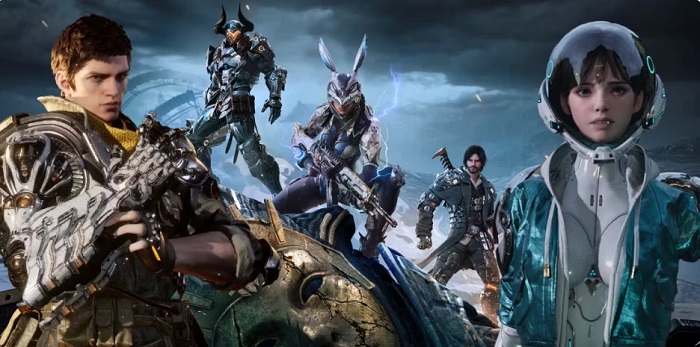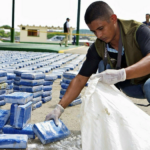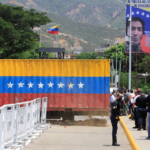Multiplayer and social elements are crucial for creating engaging and long-lasting gaming experiences. This article examines how Destiny 2, The First Descendant, World of Warcraft, Diablo 4, and The Division 2 integrate these aspects to foster community and enhance gameplay.
Destiny 2: Building a Community of Guardians
Clan Systems and Cooperative Play
Destiny 2 places a strong emphasis on community through its clan system. Clans allow players to form groups, participate in exclusive activities, and earn rewards collectively. This system encourages cooperation and helps build a sense of camaraderie among players.
Public Events and Raids
Public events and raids are key multiplayer components in Destiny 2. These activities require teamwork and coordination, often pitting players against formidable challenges that cannot be overcome alone. The shared experience of conquering difficult content strengthens bonds within the community.
Seasonal Content and Events
Seasonal events, such as Festival of the Lost and Dawning, bring players together to celebrate and complete special activities. These events introduce unique rewards and cosmetics, creating a festive atmosphere that promotes social interaction and engagement.
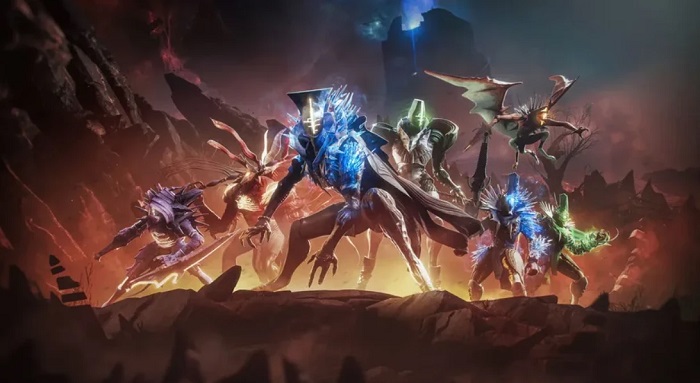
The First Descendant: Cooperative Gameplay and Social Hubs
Focus on Cooperative Play
The First Descendant is designed around cooperative gameplay, with missions and challenges that encourage players to team up. The game’s mechanics emphasize the importance of working together, making communication and strategy vital for success.
Social Hubs
Social hubs in The First Descendant serve as gathering places where players can meet, form groups, and prepare for missions. These hubs are designed to foster interaction and provide a space for players to socialize and strategize before heading into the field.
Dynamic Events
Dynamic events that require cooperative efforts also play a significant role. These events bring players together to tackle large-scale challenges, offering rewards that benefit all participants. This fosters a sense of unity and shared purpose within the community.
World of Warcraft: A Legacy of Social Interaction
Guilds and Raiding
World of Warcraft has long been a pioneer in fostering social interaction through its guild system. Guilds provide a structured environment for players to collaborate on raids, dungeons, and other activities. Raiding, in particular, requires extensive teamwork and coordination, creating strong social bonds.
Player-Driven Economy
The game’s economy is largely driven by player interactions, with the auction house serving as a central hub for trade. This system encourages players to engage with one another, fostering a vibrant and interconnected community.
Role-Playing and Events
Role-playing servers and community events are integral parts of WoW’s social fabric. Players create and participate in events, bringing the game’s world to life in unique and imaginative ways. This enhances the social experience and allows for diverse interactions beyond combat and quests.
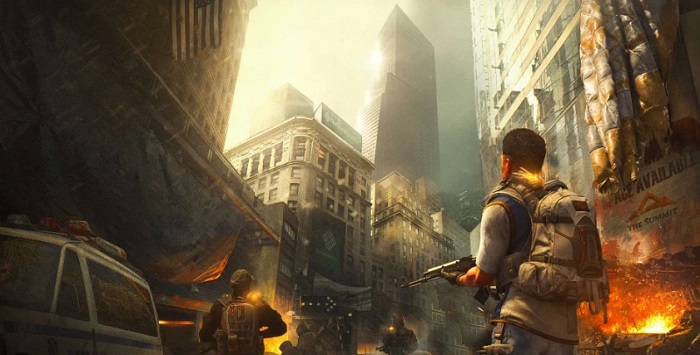
Diablo 4: Social Systems in a Dark World
Open World Multiplayer
Diablo 4 introduces a more open world with seamless multiplayer interactions. Players can encounter each other in the world, team up to tackle challenges, or engage in PvP combat. This dynamic interaction enriches the social aspect of the game.
Clans and Social Features
Clans and social features in Diablo 4 are designed to facilitate player interaction and cooperation. Clans provide a platform for players to communicate, organize events, and share resources, fostering a sense of community within the game.
Shared World Events
Shared world events are a significant part of Diablo 4’s multiplayer experience. These events bring players together to fight powerful enemies or complete objectives, offering a cooperative gameplay experience that enhances social bonds.
The Division 2: Urban Warfare and Team Dynamics
Squad-Based Gameplay
The Division 2’s gameplay is heavily focused on squad-based dynamics. Players are encouraged to form teams and utilize complementary skills to overcome urban combat challenges. This reliance on teamwork makes social interaction and coordination essential.
Dark Zones and PvP
Dark Zones in The Division 2 introduce a mix of PvE and PvP elements, creating high-stakes environments where players can choose to collaborate or compete. This aspect adds a layer of unpredictability and social strategy to the game.
In-Game Communication
Effective communication is key in The Division 2, with robust in-game tools for voice and text chat. These tools facilitate strategy discussions and social interactions, enhancing the cooperative experience.
Conclusion
Social and multiplayer elements are vital for the success of games like Destiny 2, The First Descendant, World of Warcraft, Diablo 4, and The Division 2. By fostering cooperation, community events, and player-driven interactions, these games create immersive and engaging experiences that keep players coming back. As gaming continues to evolve, the integration of innovative social features will remain a cornerstone of game development, ensuring vibrant and dynamic player communities.





